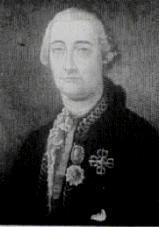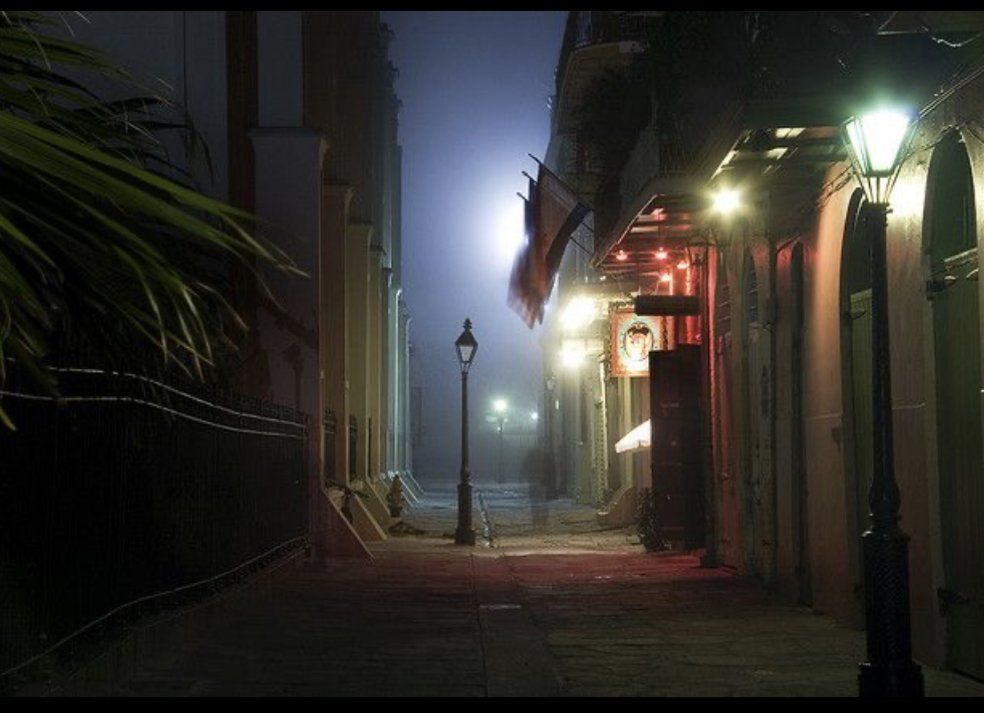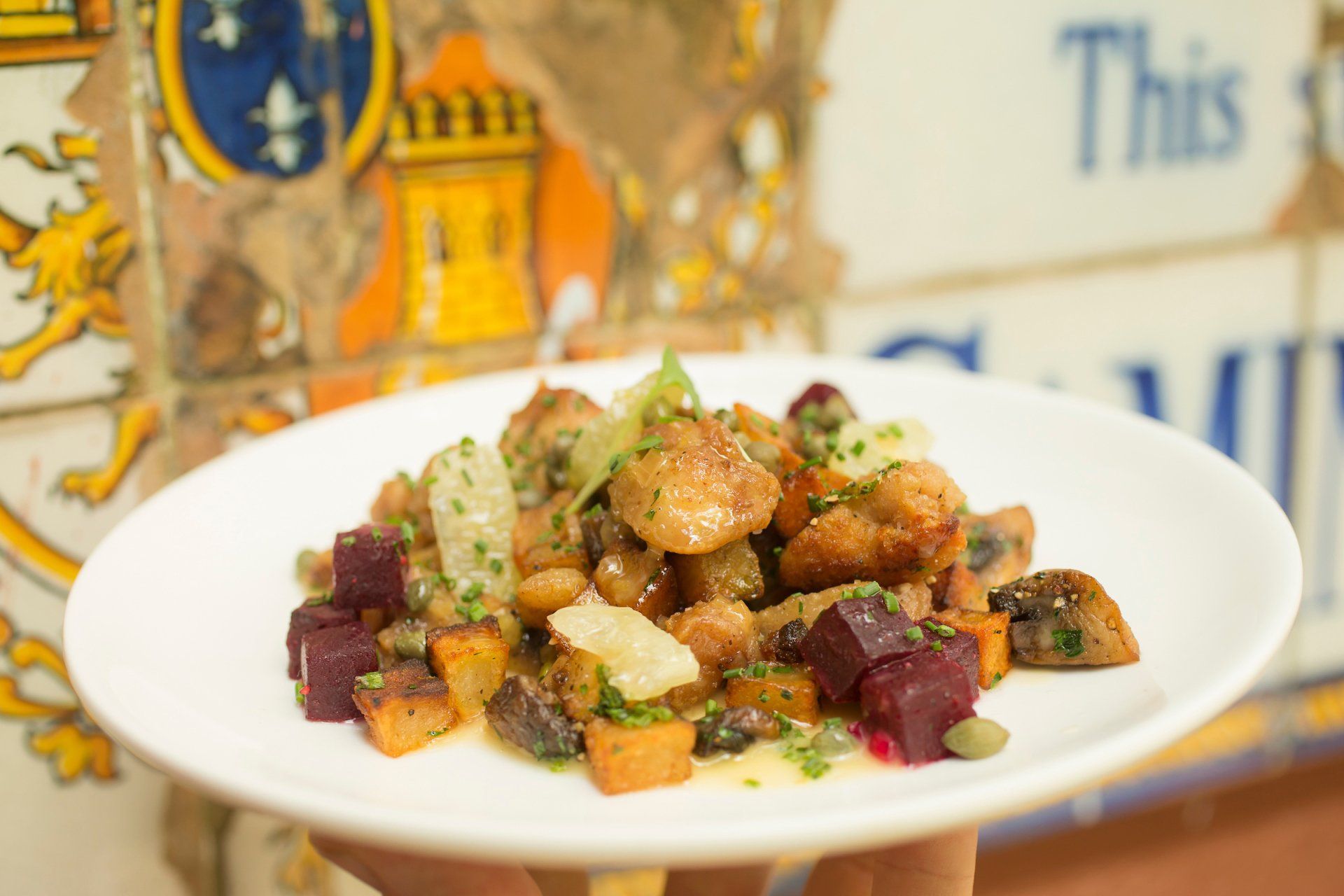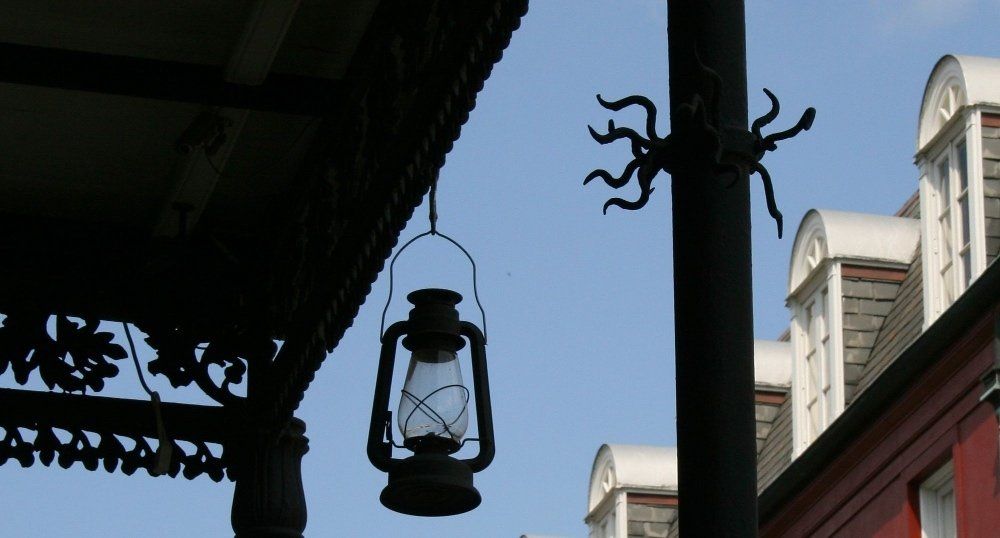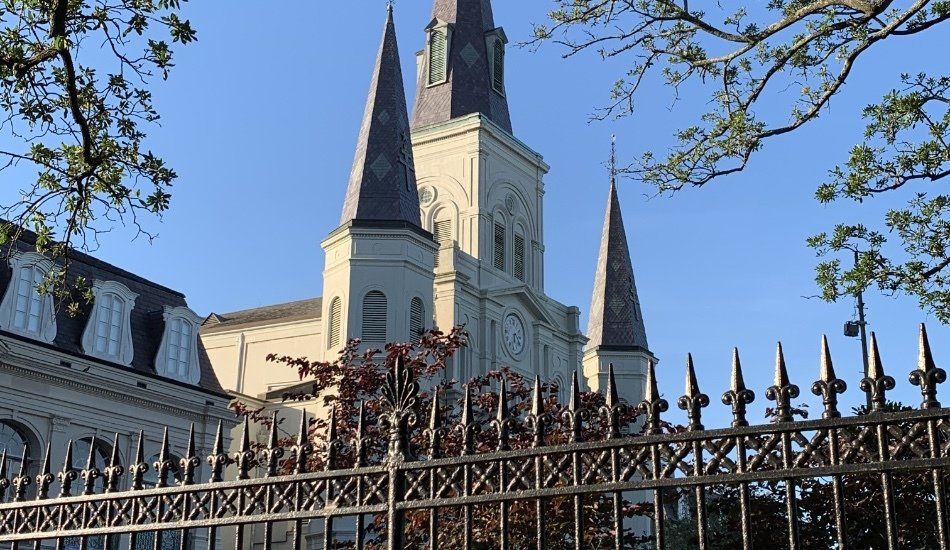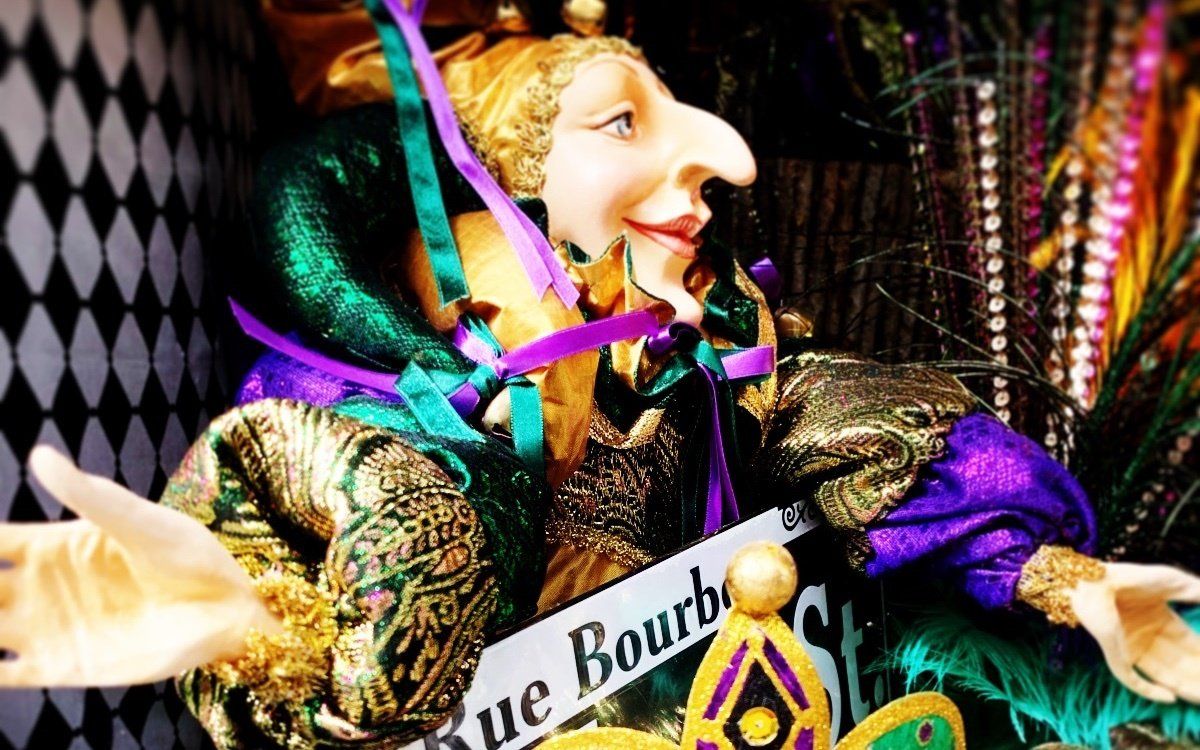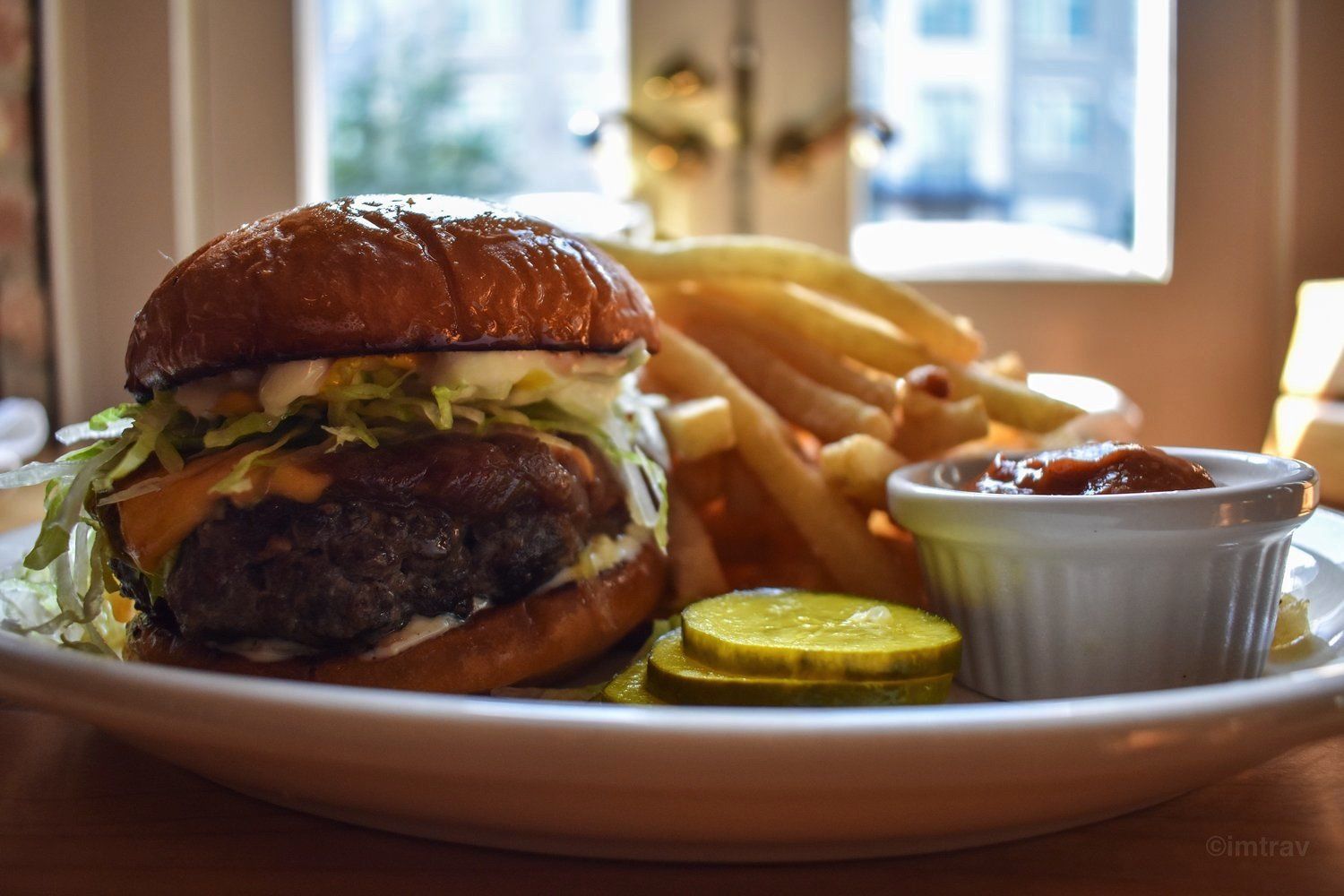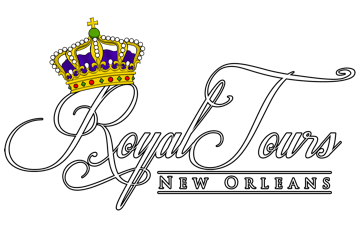Spanish Rule, Pt 2
Royal Tours New Orleans • May 10, 2016
Spanish Rule of New Orleans, Pt 2
When we last left this topic, Don Antonio de Ulloa, the Spanish governor of Louisiana, had fled to Havana in the wake of an uprising by the colonists in New Orleans. Clearly, the Spanish king needed to send more troops and send them under the leadership of someone with a stronger hand…
Oddly enough, the Spanish king turned to an Irishman. Don Alejandro O’Reilly, an Irish soldier of fortune and religious exile in his native country, had served King Charles well during the Seven Years’ War and later during the reoccupation of Havana in 1763, and his record had not gone unnoticed. King Charles believed O’Reilly would be the right man to suppress the rebellion and establish firm control over New Orleans and Louisiana.
O’Reilly was sent with clear orders to capture the instigators of the uprising along with their accomplices and to punish them according to the law. On July 1769, O’Reilly arrived at La Balize in Louisiana at the mouth of the Mississippi River with 21 ships, 2,056 soldiers, and 46 cannons along with other armaments and supplies. He sent word to Charles Aubry, the former French Governor and Commandant, notifying the French of his arrival and intent to take possession of the colony.
Aubry promised his cooperation and aranged for three representatives to greet O’Reilly on his ship at La Balize. Seemingly, O’Reilly offered an olive branch. He said that he wanted to become well-informed about the events that lead to the uprising. The representatives explained that the rebellion was due to the “severe Nature of Don Antonio and the subversion of priviledges.” The three men then dined with him and returned to New Orleans full of admiration for O’Reilly.
During the night of August 16, 1769, the Spanish ships moved up the Mississippi River to New Orleans. On the morning of August 17, the colonists were awakened by a cannon shot from one of the war ships. When the colonists began to congregate at the river, they found the Spanish flotilla at anchor in the port.
The following day, O’Reilly walked to the Place D’Arms and presented his credentials. Aubry placed the keys to the city at the feet of O’Reilly, and the Spanish flags were hoisted in all parts of the city. After a ceremony at the cathedral, O’Reilly demanded that Aubry prepare a full report on the rebellion. As a result of Aubry’s information, O’Reilly had four Frenchmen – LaFreniere, Foucault, Noyan, and de Boisblanc – along with the members of the Superior Council, and Braud, a local printer, summoned to his house. It seems that the Frenchmen sensed no threat behind the summons as they arrived without hesitation. Similarly, Joseph Villere, who had led the Germans to join the rebellion, and now lived on a plantation outside the city, received a letter from Aubry asking him to come to New Orleans and stating that Villere had nothing to fear.
Want to learn more about the fascinating history of New Orleans and the French Quarter? Join Royal Tours
for a private French Quarter History Tour. Call 504-507-8333 or email us
for details or to book.
Several others were imprisoned while Braud, the printer was released. Having been shocked into submission, the rest of the colonists gave up the fight. A few decades later, a street was built and named in honor of the French rebels who were executed. You can find Frenchman Street just across Esplanade from the French Quarter in Faubourg Marigny.
The French Creoles never forgave O’Reilly for the executions, and he is to this day known as “Bloody O’Reilly.”
Nevertheless, it was under O’Reilly that the governing Cabildo was established, Indian slavery was abolished, and land titles were established which helped farmers.
New Orleans remained under Spanish control until 1803 (even though King Charles IV had re-ceded the territory to France and Napoleon through the Treaty of San Ildefonso in 1800). While, the city remained stubbornly French throughout the period of Spanish control, Spain’s influence on New Orleans is still felt today.
Learn the amazing stories of the characters, the early explorers, governors, men and women of the Church, and local citizens who helped shape the history of our city with our French Quarter History Tour! Call us at 504-507-8333 or email us
to book your private tour.
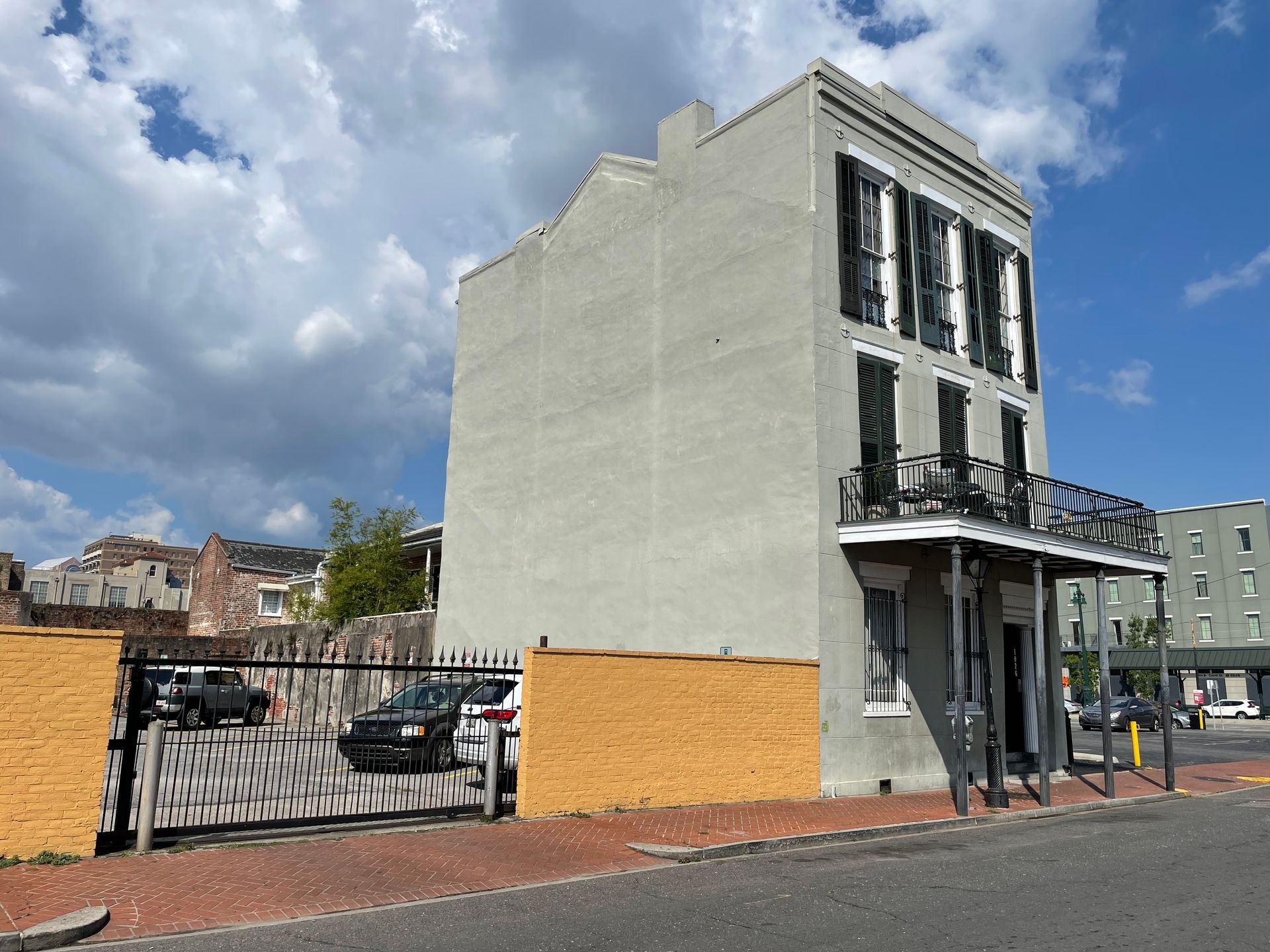
N orma Wallace, a name that evokes intrigue and fascination, was a prominent figure in New Orleans during the early and mid-20th century. As a powerful and resourceful madam, she operated a network of brothels that thrived despite the constant threat of law enforcement. Beginning in 1920, she would operate brothels for the next 45 years, a span that has not been beaten in the history of New Orleans.
